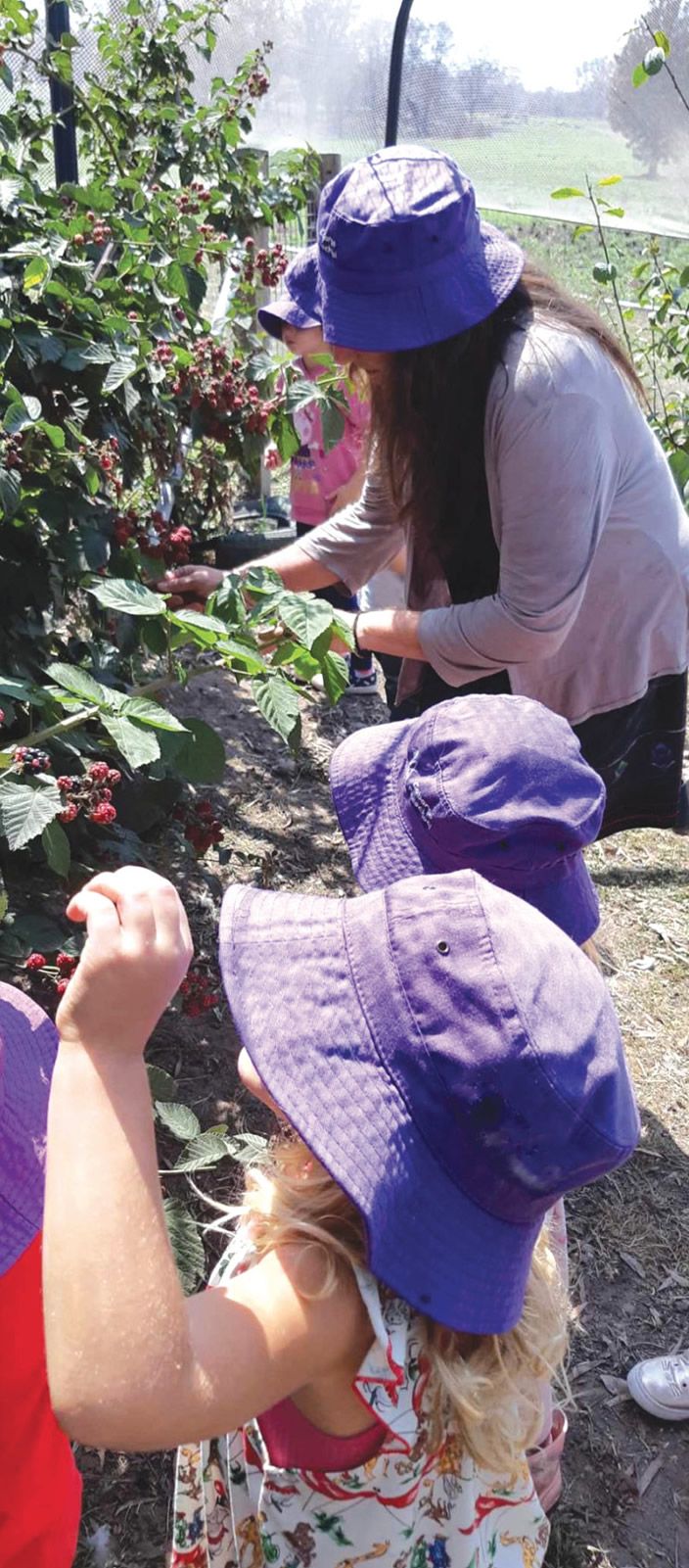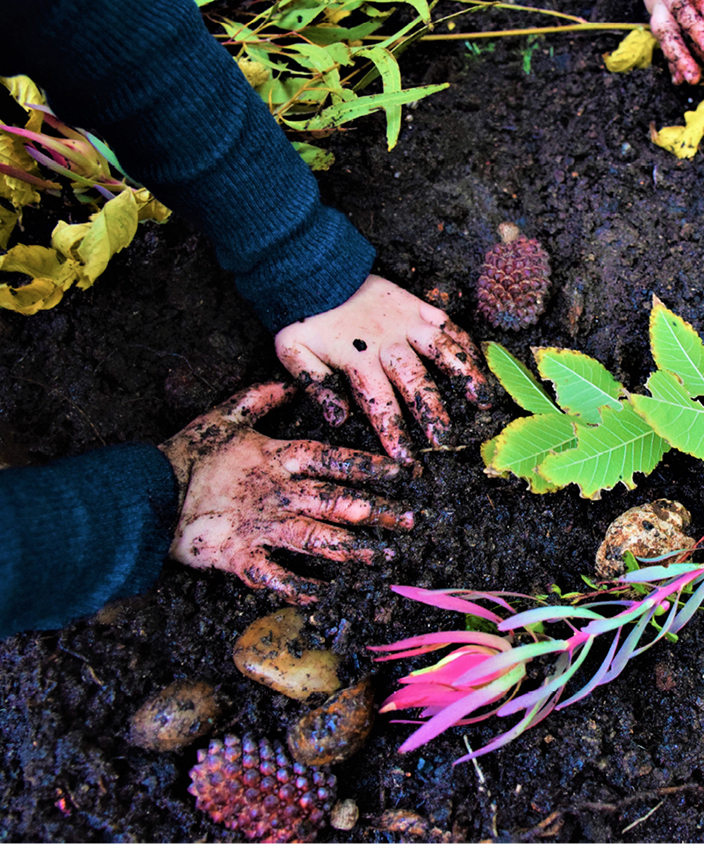
A world-first review into the effects of nature play on children’s health reveals positive connections between nature-inspired play spaces and children’s progress. IEU journalist Mykeala Campanini explores this exciting new research.
A groundbreaking review, “The impacts of unstructured nature play on health in early childhood development”, which analyses 16 studies from around the world, was conducted by Kylie Dankiw, Margarita Tsiros, Katherine Baldock and Saravana Kumar at the University of South Australia. The researchers explored the impacts of nature play on the health and development of children aged 2 to 12 years.
They found that exposure to nature play had consistently positive impacts on children’s physical activity outcomes and cognitive behaviour, with evidence showing nature play also improves children’s complex thinking skills, social skills and creativity.
There is increased global concern regarding the physical wellbeing of young children after recent research indicated 41 million children around the world are considered obese, a figure that has steadily increased since 1990.
The findings of this review offer a solution in the form of nature play to improving children’s mental and physical health and combating the childhood obesity crisis.
What is nature play?
Researcher Kylie Dankiw, who led the review, described nature play as simply playing freely with, and in, nature.
“One of the seminal findings of our research was that across the literature, nature play was defined in many ways,” Dankiw said. “We think this could be explained due to where the studies were conducted, which included Europe, the United Kingdom, the United States and Australia.
“Despite this, there were some consistent characteristics and elements used to describe nature play spaces, such as free play and interacting with natural elements such as trees, sand, water and vegetation.
“While the concept of engaging with nature and free play is not new, the move towards redeveloping children’s play spaces from traditional playgrounds into more nature-based play spaces, particularly in early childhood education centres and schools, is relatively recent.”



































































































































